Thursday, October 18, 2007
Letter to Ontario's mass media, regarding their failure to report on energy issues in the provincial election
This letter is addressed to the major mass media players (newsprint and television) in Toronto and Ontario.
All of your editors had ample opportunity to air public debate over the most important issue in the provincial election, the world's single largest investment of nuclear energy $46 billion), which affects the health and pocketbooks of all Ontarians and will have a huge negative impact on the environment.
The voters could have and should have been told what the issues were, but they weren't. There was no shortage of press releases, protests, all-candidates debates and citizens' forums on this issue, so that wasn't the problem.
The problem was not the environmentalist and activists and people of good conscience. No, the problem was you: you didn't show up to anything and you ignored the issue from the outset. Coverage, if there was any, was biased and one-sided in favour of nuclear energy.
For example, it was scientifically demonstrated that 100% of Ontario's energy needs could be met by renewables and conservation (by Dr. Keith Stewart of WWF), and yet this was never reported. There was a protest of nuclear energy at Queen's Park. There were pickets againt coal power. There were dozens of well-organized public meeting and debates and forums on the issue. There were dozens if not hundreds of press releases. This was a massive failure of journalistic responsibility.
This silence and bias by the mass media in Ontario effectively sanctions lethal smog (which kills 1700 per year). It sanctions the dumping of nuclear waste on native lands, affecting 8,000 generations (25,000 years of radioactive waste leeching into ground water). It sanctions lack of investment in renewables and conservation because $46 billion spent on nuclear was $46 billion NOT spent on renewables -- this consequently hurt the environment and furthers inaction on climate change. It sanctions a massive tax burden over twenty (or more) years to pay the bill for nuclear energy so that a few big industries can have cheap power at the expense of the rest of us and the environment. Don't believe me? Read the article below.
So my only conclusion is that your editors and newsdesks are guilty of silencing debate and sanctioning this evil. I used the word "evil" because it is appropriate to describe murder -- climate change and radioactivity kill and inaction against them adds the casualties overseas and in the future. The provincial Liberals will not be here in 10,000 years to ensure that nuclear waste they plan to create will not poison children. We now know that nuclear energy actually hurts our chances of fighting climate change, which is already lethal. By not reporting the truth, you the media, became complicit with those who guilty of killing future generations through radioactive waste and climate change.
To all editors and reporters who shirked their moral obligation to report the facts in an unbiased manner and whose implicit or explicit endorsement of nuclear energy has led to this gross betrayal of the public good and the voters' right to be informed of the real issues at stake: shame on all of you!
___________________________________________
Why isn't nuclear energy an election issue?
The Record (Kitchener, Cambridge And Waterloo)
Friday, October 5, 2007
Page: A15
Section: Insight
Byline: DAVE CAMPANELLA
Source: FOR THE RECORD
The most important and least discussed issue of the upcoming election is
the province's energy crisis. If Ontario remains on its "business as usual"
trajectory of energy use, demand will soon dangerously exceed supply.
While the NDP and the Green party support alternative options, both the
Liberals and Progressive Conservatives prefer the easy way out by continuing to
rely on nuclear energy as a major source of our electricity. These pro-nuclear
parties adhere to the view that nuclear is cost effective, reliable, and an
environmentally friendly option to fight climate change. These claims are
questionable.
Calculations that show nuclear energy to be cheaper than alternatives rely
on favourable assumptions regarding construction costs and performance rates,
as well as omitting costs of handling nuclear waste and decommissioning
reactors. Ontario's past offers more of the real-world experience.
The actual costs of constructing Ontario's five existing nuclear reactors
were, on average, 100 per cent over the original estimates, while their
performance rates have been about half of what was expected, and
unforeseen shutdowns meant increased reliance on coal plants.
The $19.4 billion debt Ontario Hydro suffered, largely due to its nuclear
investments, was then off-loaded on to consumers who continue to pay
it off on every energy bill.
Such results are not isolated to Ontario. Globally, most investors and
governments have been avoiding the technology. Investment in new
capacity has dropped off steadily since peaking in the 1980s, with more
megawatts of wind power now being added worldwide than nuclear.
The average age of the 442 reactors in operation in the world today
now corresponds with the average age a reactor is shut down.
An Massachusetts Institute of Technology study concluded
that with current policies nuclear power "is just too expensive" and The
Economist found that it is "too costly to matter" as a potential energy
supply option.
Because the full lifetime of a reactor, from initial planning to final
decommission, could be over a century, committing to nuclear power for
base load supply determines the future mix of the energy supply far into the future.
As revealed by the 2003 blackout, nuclear plants have difficulty reacting to
emergency shutdowns. The United States has suffered from 51 reactor
shutdowns that have lasted for over a year. Additionally, a fire in a reactor after
Japan's recent earthquake and the flooding of a reactor in India after the
2004 tsunami show that nuclear power is vulnerable, especially to increasingly
erratic weather.
Nuclear advocates often describe nuclear power as "green" because the
fission reaction that takes place in a nuclear reactor releases no direct carbon
dioxide (CO2) emissions. The Canadian Nuclear Association (CNA) claims that nuclear
energy "emits no pollutants into the air." But life-cycle analysis, which
includes emissions from relevant uranium activities and reactor
construction, show that Canada's nuclear system releases between 468,000 and
594,000 tonnes of CO2 per year. In fact, so much energy is used during
supporting processes that a recent study for the Intergovernmental Panel
on Climate Change concludes a reactor built today is likely to consume more
energy, mostly carbon-based, during its lifetime than it produces. That makes
nuclear energy an inefficient investment to fight climate change.
Uranium mining to fuel nuclear power in Canada is also responsible for
100,000 tonnes of radioactive tailings, the leftover sludge, 2.9 million tones of
waste rock, and associated contamination of groundwater and surrounding
environments. Nuclear reactors are huge water users, with the Darlington and
Pickering facilities alone estimated to use 8.9 trillion litres per year. As well,
they are sources of routine and accidental releases of radionuclides, sulphur
dioxide, nitrogen oxides, and hydrazine into the air. And "green" nuclear
power also generates radioactive wastes including highly-toxic substances such as
plutonium, which has a half-life of 24,300 years.
As of 2003, 1.7 million used fuel bundles were in temporary storage in
Canada, and that number is growing. More than 50 years after Canada decided to
develop nuclear power there is no long-term management plan in place. Although
burying the waste deep underground has been proposed by the Nuclear Waste
Management Organization (NWMO) and is the favoured response globally, no such
facility yet exists anywhere in the world. Such facilities must be designed to last for
approximately a million years and to secure the waste not only from the
outside environment, but also from people who might use the material for weapons,
or other destructive purposes. The NWMO estimates its proposal would cost $24
billion and take 300 years to be fully implemented.
Moving the radioactive waste from temporary storage at the different
reactors to a central storage site would require 50 truck trips per month, for 30
years. The potential for an accident or sabotage during transportation, with resulting
health and environmental damage, makes the plan risky. But most of the
risk is deflected to future generations, who must carry the burden of our
generation's electricity generation in the form of hazardous waste.
Better options exist. In order to ensure flexibility, many energy experts
favour a diverse, decentralized energy supply combined with strong demand
reduction and management programs. This is the "soft" path.
Nuclear energy, in contrast, is heavily centralized, has long lead times
and high capital costs, requires remote locations, and relies on projections of
rising demand to justify expenditures. It epitomizes the inflexible "hard"
path option.
A sustainable energy future would be based on a diverse supply -- including
wind, solar, geothermal, heat and power cogeneration, biomass, small hydro,
natural gas, efficiency -- and demand management.
A recent study by the Pembina Institute has shown that investing $18.2
billion in Ontario over 15 years could reduce projected energy demand by 41 per
cent, and the vast majority of that cost would be recovered by consumers through
energy savings. The same study found that those energy savings combined
with wind, solar, biomass, hydro, could meet 79 per cent of Ontario's projected
energy needs in 2020. With improved technology and lower costs, that
percentage would continue to grow, leaving little room for the inflexibility of
nuclear power.
Institutions around the world are showing us how, with more aggressive and
empowering policies. Spain has mandated solar PV and hot water heating in
all new construction. California has set a target of a million solar roofs by
2017. And in Austria and Sweden over a quarter of energy is supplied through
renewable sources. Germany has recently passed legislation requiring its public
utilities to buy a fixed amount of renewable energy, with the aim of replacing at
least 20 per cent of the supply by 2020. The costs of wind, solar, and geothermal
systems have all dropped exponentially over the past few decades, with a
corresponding rise in installed capacity, even in the face of receiving only a taste of
the public subsidies given to nuclear power.
Ontario is at a difficult juncture in its energy future. But that juncture
represents an opportunity for a new direction. Instead of choosing what we
know doesn't work, let's learn from other's successes and try something that
does. Instead of choosing the easy way, let's choose the smart way.
Dave Campanella is a recent graduate from University of Waterloo's
environment and resource studies program .
All of your editors had ample opportunity to air public debate over the most important issue in the provincial election, the world's single largest investment of nuclear energy $46 billion), which affects the health and pocketbooks of all Ontarians and will have a huge negative impact on the environment.
The voters could have and should have been told what the issues were, but they weren't. There was no shortage of press releases, protests, all-candidates debates and citizens' forums on this issue, so that wasn't the problem.
The problem was not the environmentalist and activists and people of good conscience. No, the problem was you: you didn't show up to anything and you ignored the issue from the outset. Coverage, if there was any, was biased and one-sided in favour of nuclear energy.
For example, it was scientifically demonstrated that 100% of Ontario's energy needs could be met by renewables and conservation (by Dr. Keith Stewart of WWF), and yet this was never reported. There was a protest of nuclear energy at Queen's Park. There were pickets againt coal power. There were dozens of well-organized public meeting and debates and forums on the issue. There were dozens if not hundreds of press releases. This was a massive failure of journalistic responsibility.
This silence and bias by the mass media in Ontario effectively sanctions lethal smog (which kills 1700 per year). It sanctions the dumping of nuclear waste on native lands, affecting 8,000 generations (25,000 years of radioactive waste leeching into ground water). It sanctions lack of investment in renewables and conservation because $46 billion spent on nuclear was $46 billion NOT spent on renewables -- this consequently hurt the environment and furthers inaction on climate change. It sanctions a massive tax burden over twenty (or more) years to pay the bill for nuclear energy so that a few big industries can have cheap power at the expense of the rest of us and the environment. Don't believe me? Read the article below.
So my only conclusion is that your editors and newsdesks are guilty of silencing debate and sanctioning this evil. I used the word "evil" because it is appropriate to describe murder -- climate change and radioactivity kill and inaction against them adds the casualties overseas and in the future. The provincial Liberals will not be here in 10,000 years to ensure that nuclear waste they plan to create will not poison children. We now know that nuclear energy actually hurts our chances of fighting climate change, which is already lethal. By not reporting the truth, you the media, became complicit with those who guilty of killing future generations through radioactive waste and climate change.
To all editors and reporters who shirked their moral obligation to report the facts in an unbiased manner and whose implicit or explicit endorsement of nuclear energy has led to this gross betrayal of the public good and the voters' right to be informed of the real issues at stake: shame on all of you!
___________________________________________
Why isn't nuclear energy an election issue?
The Record (Kitchener, Cambridge And Waterloo)
Friday, October 5, 2007
Page: A15
Section: Insight
Byline: DAVE CAMPANELLA
Source: FOR THE RECORD
The most important and least discussed issue of the upcoming election is
the province's energy crisis. If Ontario remains on its "business as usual"
trajectory of energy use, demand will soon dangerously exceed supply.
While the NDP and the Green party support alternative options, both the
Liberals and Progressive Conservatives prefer the easy way out by continuing to
rely on nuclear energy as a major source of our electricity. These pro-nuclear
parties adhere to the view that nuclear is cost effective, reliable, and an
environmentally friendly option to fight climate change. These claims are
questionable.
Calculations that show nuclear energy to be cheaper than alternatives rely
on favourable assumptions regarding construction costs and performance rates,
as well as omitting costs of handling nuclear waste and decommissioning
reactors. Ontario's past offers more of the real-world experience.
The actual costs of constructing Ontario's five existing nuclear reactors
were, on average, 100 per cent over the original estimates, while their
performance rates have been about half of what was expected, and
unforeseen shutdowns meant increased reliance on coal plants.
The $19.4 billion debt Ontario Hydro suffered, largely due to its nuclear
investments, was then off-loaded on to consumers who continue to pay
it off on every energy bill.
Such results are not isolated to Ontario. Globally, most investors and
governments have been avoiding the technology. Investment in new
capacity has dropped off steadily since peaking in the 1980s, with more
megawatts of wind power now being added worldwide than nuclear.
The average age of the 442 reactors in operation in the world today
now corresponds with the average age a reactor is shut down.
An Massachusetts Institute of Technology study concluded
that with current policies nuclear power "is just too expensive" and The
Economist found that it is "too costly to matter" as a potential energy
supply option.
Because the full lifetime of a reactor, from initial planning to final
decommission, could be over a century, committing to nuclear power for
base load supply determines the future mix of the energy supply far into the future.
As revealed by the 2003 blackout, nuclear plants have difficulty reacting to
emergency shutdowns. The United States has suffered from 51 reactor
shutdowns that have lasted for over a year. Additionally, a fire in a reactor after
Japan's recent earthquake and the flooding of a reactor in India after the
2004 tsunami show that nuclear power is vulnerable, especially to increasingly
erratic weather.
Nuclear advocates often describe nuclear power as "green" because the
fission reaction that takes place in a nuclear reactor releases no direct carbon
dioxide (CO2) emissions. The Canadian Nuclear Association (CNA) claims that nuclear
energy "emits no pollutants into the air." But life-cycle analysis, which
includes emissions from relevant uranium activities and reactor
construction, show that Canada's nuclear system releases between 468,000 and
594,000 tonnes of CO2 per year. In fact, so much energy is used during
supporting processes that a recent study for the Intergovernmental Panel
on Climate Change concludes a reactor built today is likely to consume more
energy, mostly carbon-based, during its lifetime than it produces. That makes
nuclear energy an inefficient investment to fight climate change.
Uranium mining to fuel nuclear power in Canada is also responsible for
100,000 tonnes of radioactive tailings, the leftover sludge, 2.9 million tones of
waste rock, and associated contamination of groundwater and surrounding
environments. Nuclear reactors are huge water users, with the Darlington and
Pickering facilities alone estimated to use 8.9 trillion litres per year. As well,
they are sources of routine and accidental releases of radionuclides, sulphur
dioxide, nitrogen oxides, and hydrazine into the air. And "green" nuclear
power also generates radioactive wastes including highly-toxic substances such as
plutonium, which has a half-life of 24,300 years.
As of 2003, 1.7 million used fuel bundles were in temporary storage in
Canada, and that number is growing. More than 50 years after Canada decided to
develop nuclear power there is no long-term management plan in place. Although
burying the waste deep underground has been proposed by the Nuclear Waste
Management Organization (NWMO) and is the favoured response globally, no such
facility yet exists anywhere in the world. Such facilities must be designed to last for
approximately a million years and to secure the waste not only from the
outside environment, but also from people who might use the material for weapons,
or other destructive purposes. The NWMO estimates its proposal would cost $24
billion and take 300 years to be fully implemented.
Moving the radioactive waste from temporary storage at the different
reactors to a central storage site would require 50 truck trips per month, for 30
years. The potential for an accident or sabotage during transportation, with resulting
health and environmental damage, makes the plan risky. But most of the
risk is deflected to future generations, who must carry the burden of our
generation's electricity generation in the form of hazardous waste.
Better options exist. In order to ensure flexibility, many energy experts
favour a diverse, decentralized energy supply combined with strong demand
reduction and management programs. This is the "soft" path.
Nuclear energy, in contrast, is heavily centralized, has long lead times
and high capital costs, requires remote locations, and relies on projections of
rising demand to justify expenditures. It epitomizes the inflexible "hard"
path option.
A sustainable energy future would be based on a diverse supply -- including
wind, solar, geothermal, heat and power cogeneration, biomass, small hydro,
natural gas, efficiency -- and demand management.
A recent study by the Pembina Institute has shown that investing $18.2
billion in Ontario over 15 years could reduce projected energy demand by 41 per
cent, and the vast majority of that cost would be recovered by consumers through
energy savings. The same study found that those energy savings combined
with wind, solar, biomass, hydro, could meet 79 per cent of Ontario's projected
energy needs in 2020. With improved technology and lower costs, that
percentage would continue to grow, leaving little room for the inflexibility of
nuclear power.
Institutions around the world are showing us how, with more aggressive and
empowering policies. Spain has mandated solar PV and hot water heating in
all new construction. California has set a target of a million solar roofs by
2017. And in Austria and Sweden over a quarter of energy is supplied through
renewable sources. Germany has recently passed legislation requiring its public
utilities to buy a fixed amount of renewable energy, with the aim of replacing at
least 20 per cent of the supply by 2020. The costs of wind, solar, and geothermal
systems have all dropped exponentially over the past few decades, with a
corresponding rise in installed capacity, even in the face of receiving only a taste of
the public subsidies given to nuclear power.
Ontario is at a difficult juncture in its energy future. But that juncture
represents an opportunity for a new direction. Instead of choosing what we
know doesn't work, let's learn from other's successes and try something that
does. Instead of choosing the easy way, let's choose the smart way.
Dave Campanella is a recent graduate from University of Waterloo's
environment and resource studies program .
Subscribe to:
Post Comments (Atom)





















































































































































































































































.jpg)























































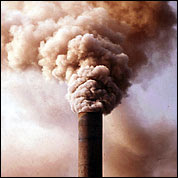













































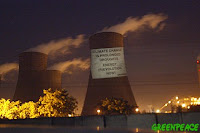

















































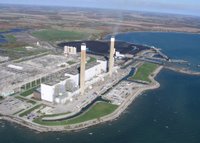









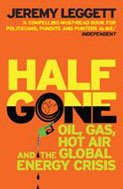












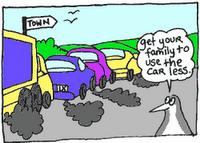











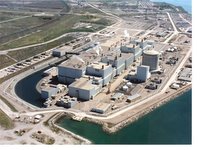












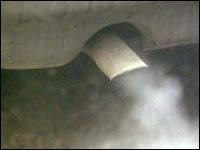

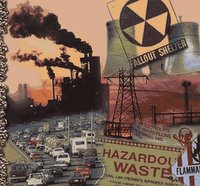

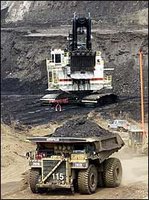


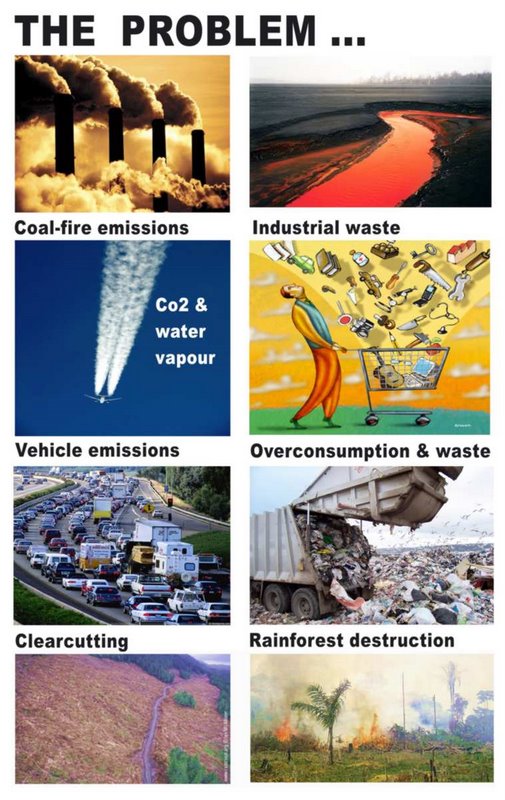

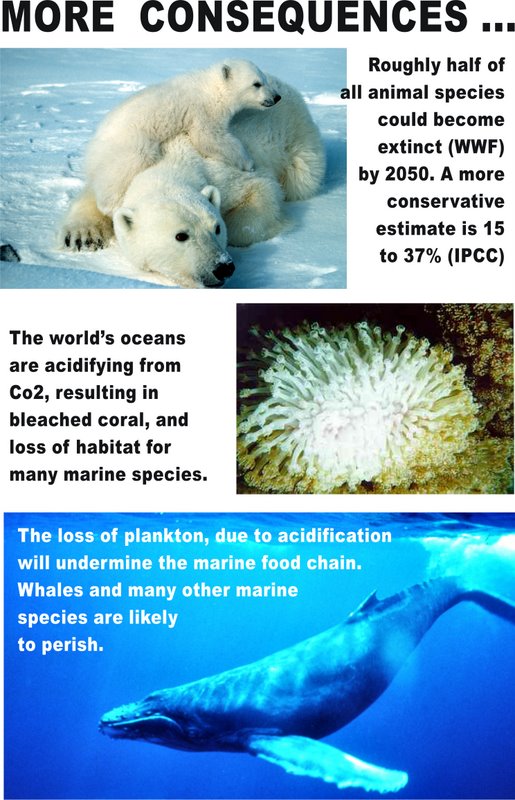
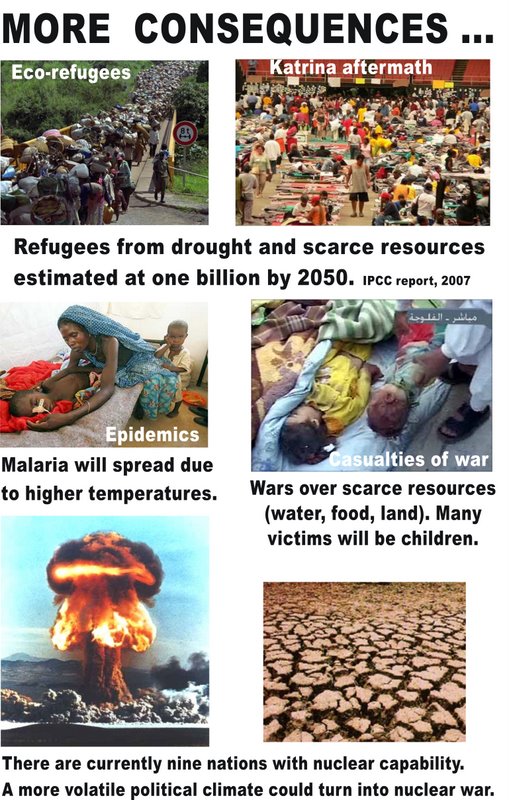

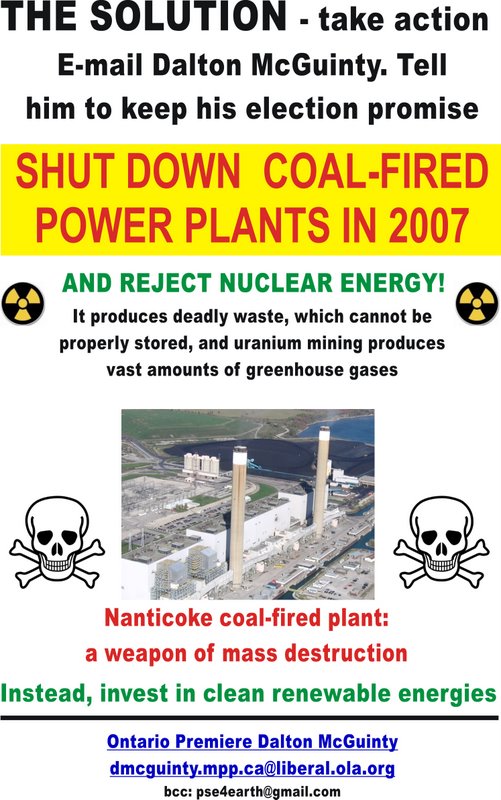








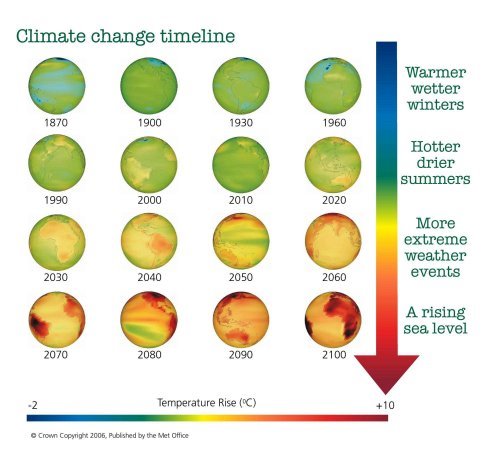




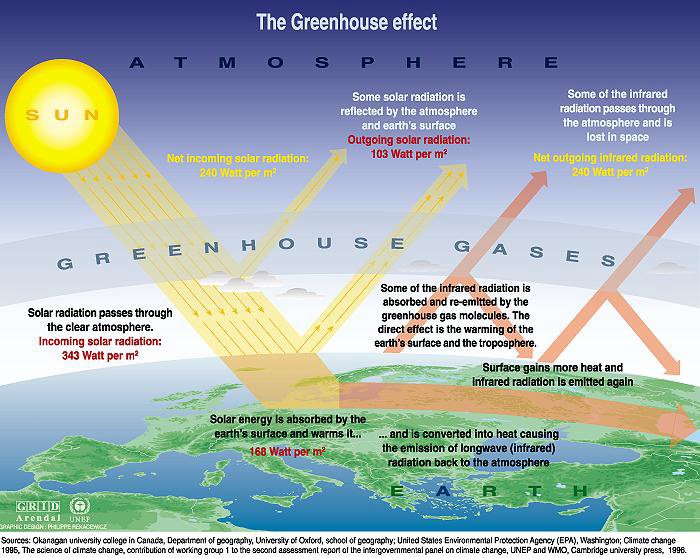
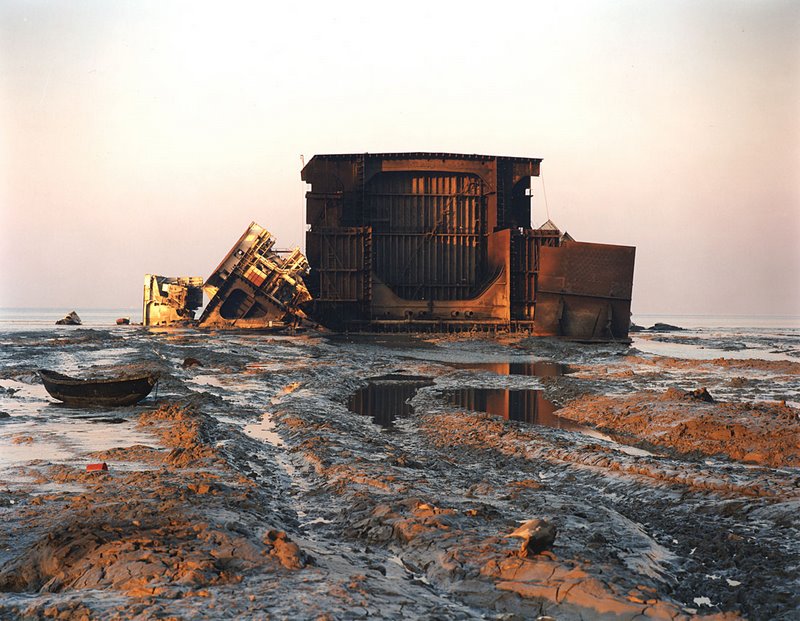
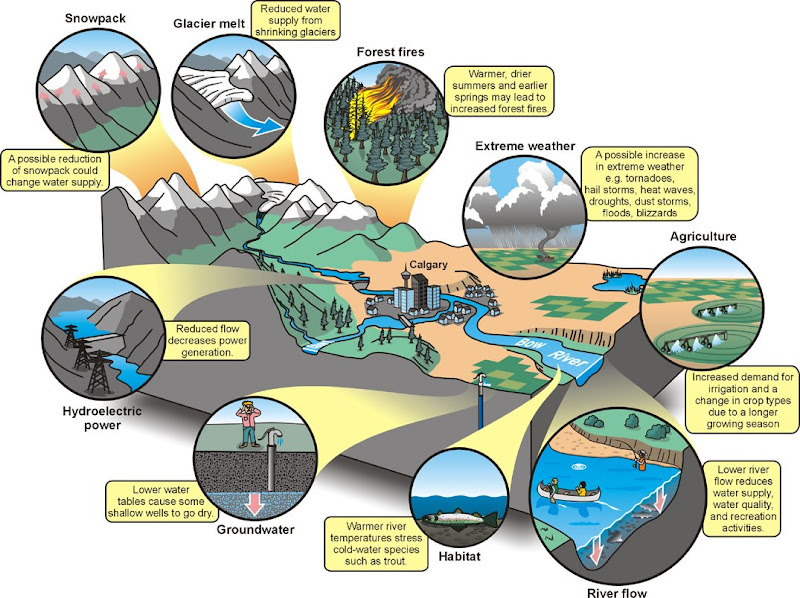
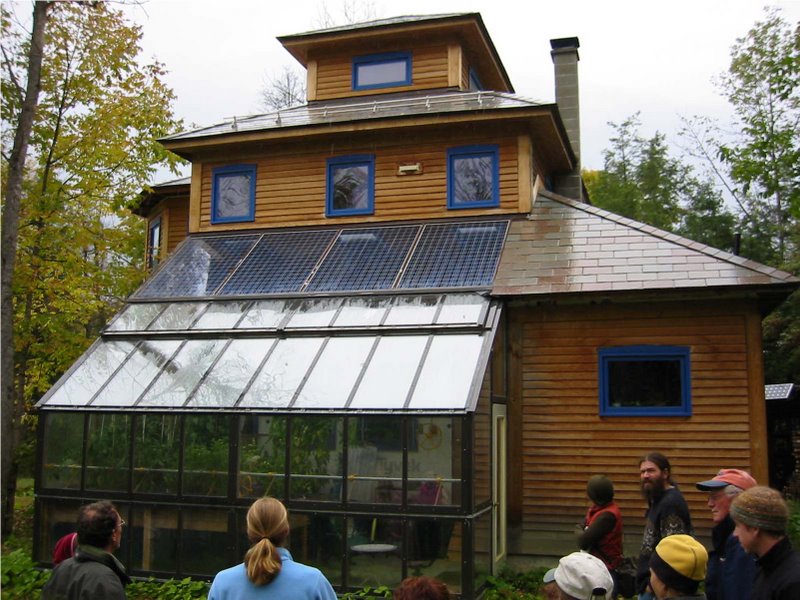





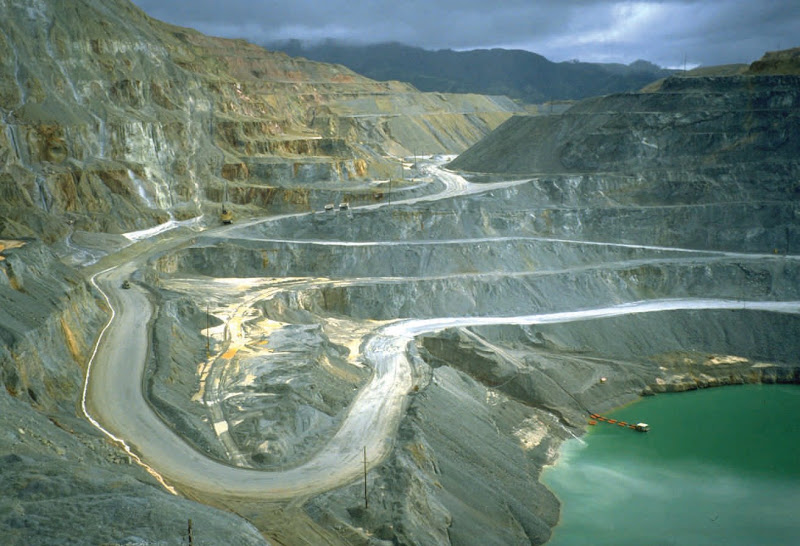
1 comment:
THERECORD.COM
Myth busting: The truth about energy efficiency at home
October 20, 2007
Ontarians have become increasingly savvy about their energy consumption patterns at home and have been taking steps to become more energy efficient. But with all the conservation information available these days, it is difficult to distinguish between fact and fiction.
Peter Love, Ontario's Chief Electricity Conservation Officer, reveals the truth behind some of the most common energy myths.
Armed with this knowledge, look for ways you can make the lighting in your home energy efficient. Love points to the Ontario Power Authority's fall Every Kilowatt Counts program.
Consumers can redeem coupons in-store at a wide variety of retailers across Ontario for savings on ENERGY STAR-qualified residential light fixtures, and appliance and light control products such as motion sensors, dimmers and timers.
To help demystify some of the most common energy myths Love helps shed some light on the facts about energy efficiency at home:
Myth: I can't use CFL bulbs with dimmer switches or motion sensors
Fact: The selection of CFL bulbs are increasing. There are special CFL bulbs that are designed to work with a variety of lighting controls such as dimmer switches, motion sensors and timers, and some can even be used outdoors. CFL packaging tells you where and how the CFL can be used.
Myth: By dimming the lights, all dimmer switches allow you to reduce the amount of electricity and energy being used
Fact: Only new electronic dimmer switches actually reduce the amount of energy being used. Old rheostatic dimmer switches simply give the extra electricity off as heat, instead of light. If the dimmer is warm to the touch, it's not saving electricity.
Myth: All fluorescent tube lights are energy efficient
Fact: Smaller (2.5 cm or 1 inch diameter) T8 bulbs are 35 per cent more efficient than regular T12 (3.75 cm or 1.5 inch diameter) fluorescent tube lights.
For a list of participating retailers, more energy saving tips and to download Every Kilowatt Counts coupons, visit
everykilowattcounts.com.
Post a Comment